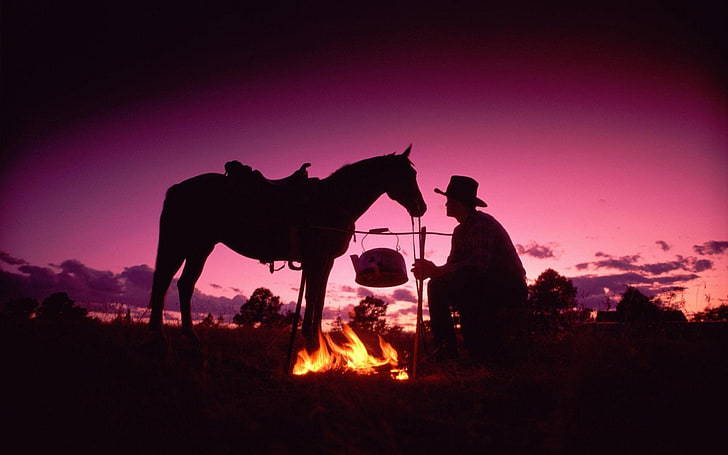Life After the Civil War: A Look into the Post-War West

After the Civil War ended in 1865, the American West became a land of new beginnings and profound challenges. The war had left deep scars, and as soldiers returned home, many sought to start fresh in the vast, wild frontier.
In the years following the war, the Western frontier was a place of great opportunity but also great difficulty. The Homestead Act of 1862 encouraged many to settle the land by offering free plots to those willing to farm it. This led to a surge of settlers moving westward, eager to build new lives. However, the harsh realities of frontier life soon became clear. Settlers faced fierce weather, rugged terrain, and conflicts with Native American tribes who were defending their ancestral lands.
The post-war West also saw the rise of lawlessness and crime. As towns sprang up, they often lacked organized law enforcement, creating a breeding ground for outlaws and bandits. This period saw the growth of bounty hunters and marshals, who became legendary figures in the fight for justice and order.
These historical elements deeply influence stories set in this era. Western novels and films often portray the post-war West as a land of rugged individualism and moral complexity. Characters are depicted as struggling with their pasts, seeking redemption, or carving out their place in a rapidly changing world.
By exploring the challenges and opportunities of life after the Civil War, these stories provide a vivid backdrop for tales of adventure, survival, and the quest for a new beginning. They capture the spirit of resilience and determination that defined the era, making the post-war West a convincing and dynamic setting for storytelling.
